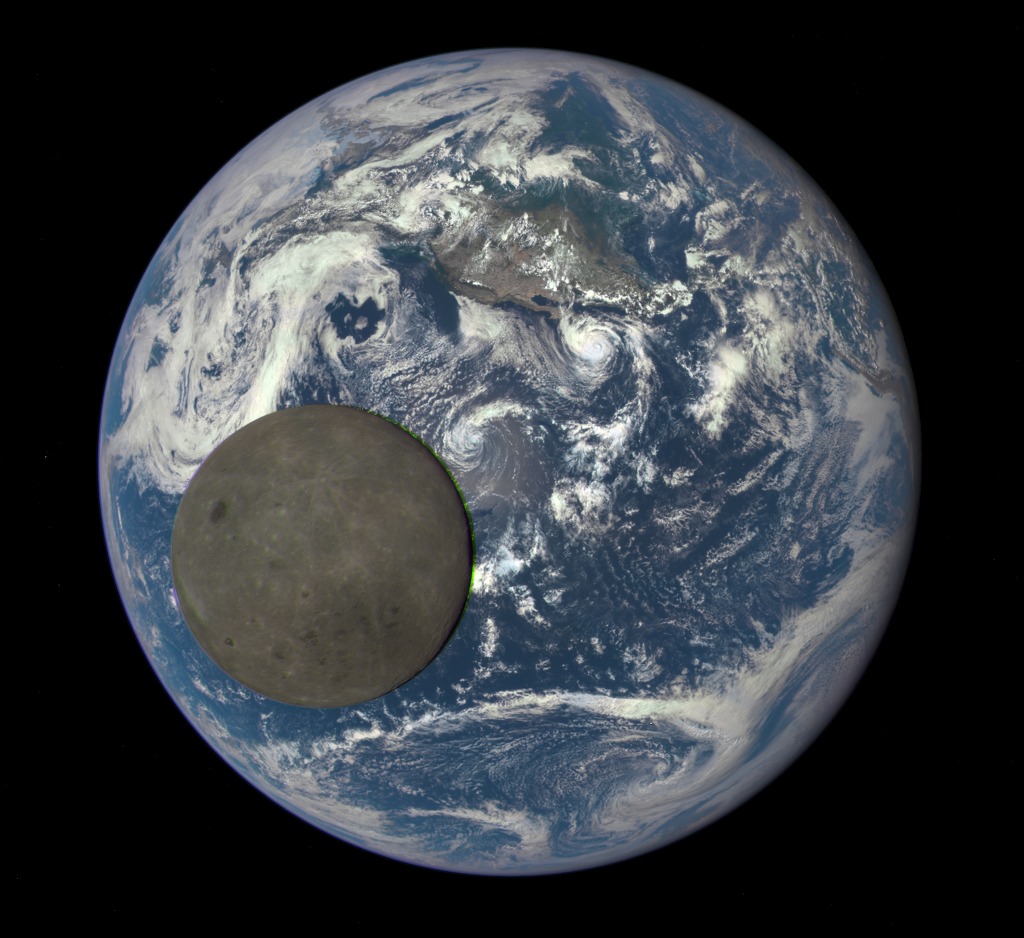I'm a professional astronomer.
Photoptimist has it right: shooting the moon is very similar to shooting outside on a sunny day, except that the moon's surface is rather darker than stuff here on Earth, so open up a stop or two more than for "sunny 16.". So, your exposures won't be long enough to worry about tracking (unless you are stopped way down!).
Secondly - don't get carried away about the "super" moon. The orbit of the moon has an eccentricity (the amount by which it is not circular) of about 5.5%. This means that at its farthest or closest approach to the Earth, it is only 5.5% smaller or larger than average. Unless you compare images carefully, you won't notice this, and with the naked eye the difference is essentially a non-factor. Because the apparent brightness of the moon depends on its apparent area, the brightness changes, too, but not by a whole lot either: around +/- 11% - again barely noticeable without careful comparison.
Check out wikipedia for more on the moon's orbit:
Orbit of the Moon - Wikipedia
I consider the Supermoon hype to be mostly just that - hype!
So, go take pictures of the moon anytime. And, in fact, you will find the most interesting lunar pictures to be those taken when it is in partial phases. There will be interesting shadows caused by mountains and crater rims near the terminator (the area between the bright and dark areas of the surface - basically where sunset is on the moon at the moment). Pictures taken during full moon tend to be very flat.








 Similar Threads
Similar Threads 















 Post #6 by AstroDave
Post #6 by AstroDave








